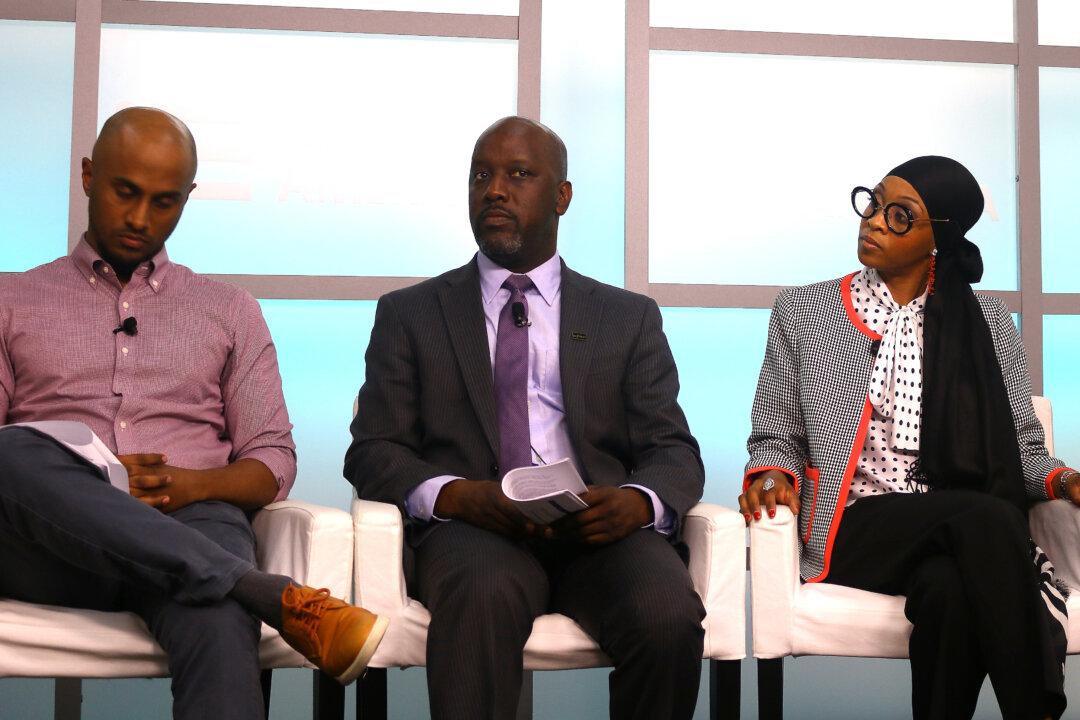WASHINGTON—In a speech on May 4 at Lehman College, West Bronx, New York, President Barack Obama said that long after he has left the office of the presidency, the initiative he started a little more than a year ago will continue to be working toward the removal of opportunity gaps that young people face, particularly young people of color.
“My Brother’s Keeper Alliance” is a nonprofit organization of private sector organizations and companies that work with experts and hard data to identify the barriers and find creative ways to remove them.
“You all know the numbers. By almost every measure, the life chances of the average young man of color is worse than his peers. Those opportunity gaps begin early – often at birth – and they compound over time, becoming harder and harder to bridge … And that sense of unfairness and of powerlessness, of people not hearing their voices, that’s helped fuel some of the protests that we’ve seen in places like Baltimore, and Ferguson, and right here in New York,” Obama said.
Three days later on May 7, the New America Foundation in collaboration with Howard University, held a forum on “The Criminalization of Black Youth in America” that focused on critical factors affecting life chances: school discipline, zero tolerance policies, more police presence in schools, and the increasing number of arrests and referrals to law enforcement.
The speakers wanted to address what has come to be known as the “school-to prison pipeline,” which can have long-life negative consequences.




